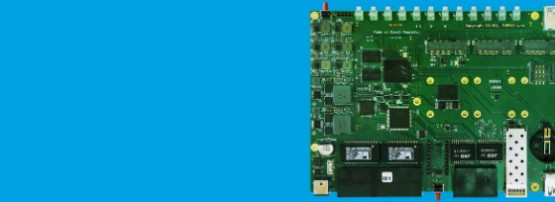
At the Routing Working Group during RIPE 71, Ondrej Filip from NIC.CZ presented on Turris – a publicly funded starter project to design and build a fully open specification home router.
When you think of a home router, you think of a small box in the corner that you buy once and forget about until it dies. But then, consider all the days spent swearing and cursing to configure it for your ISP’s flavour of online behaviour. And, what if you move from ADSL to fibre? Or cable? Or what if you need better Access Control List logic than your ISP offers? What’s the bugfix update cycle? What if the company goes bust?
Ondrej and his team were interested in network measurement, and designed a simple box to place in home networks for this purpose; also meeting Czech strategic planning interests. To help develop this, they started a $100,000 starter fund, which has attracted more than $200,000 and is still growing. From this seed fund, they have built a complete, functional, open-specification home router – The Turris Omnia.
This device has:
- 1GB of memory (at least 4 times the usual amount)
- 4GB of storage on box
- USB3.0 attachment
- Gigabit networking
It also has an SFP slot, which can take fibre, copper and other connectors. This means the device can be ‘agile’ against changing public network attachment technology. The SFP is an industry standard more normally found on enterprise router hardware than in domestic products.
The platform is a Linux host, and can run BGP routing via “quagga” so you can even use one as a full participant in the global routing system. ACLs are expressed in the full language of the IP filtering model in Linux, and future upgrades will follow the kernel release model as normal. This makes it less likely the hardware will be left stranded from any vendor failure to update the code against bugs and threats.
If you like hackable hardware, it’s well worth visiting their investment/backer page and getting involved. It’s a $200 investment you won’t regret.
The views expressed by the authors of this blog are their own and do not necessarily reflect the views of APNIC. Please note a Code of Conduct applies to this blog.
